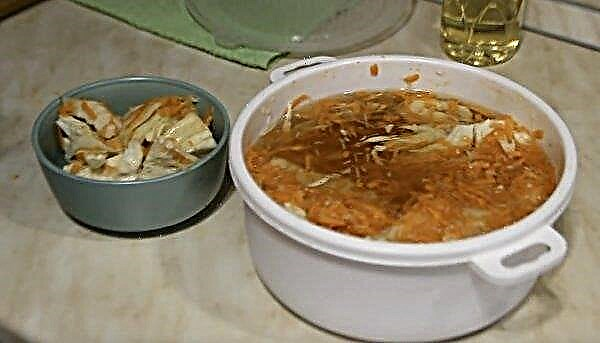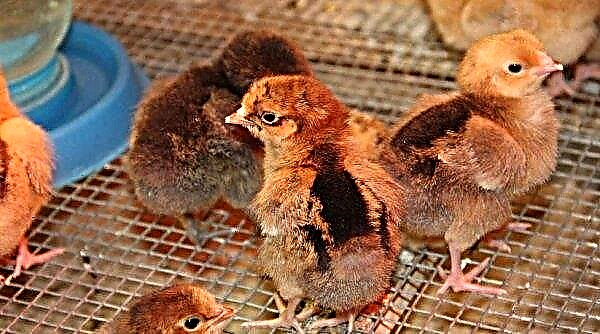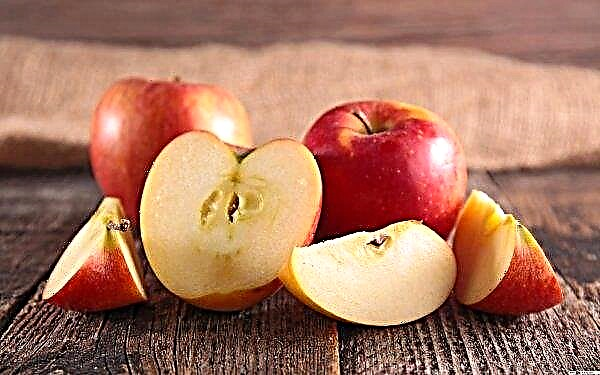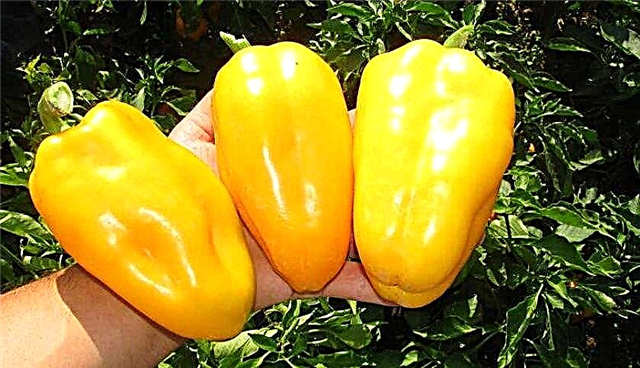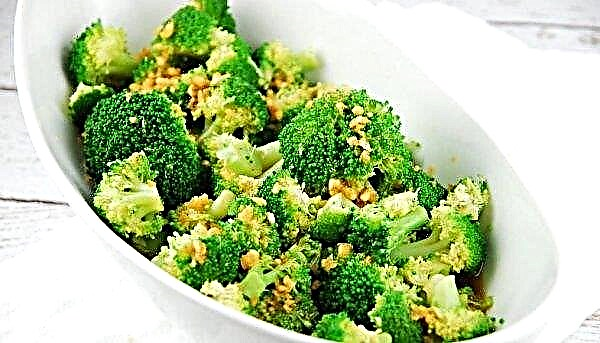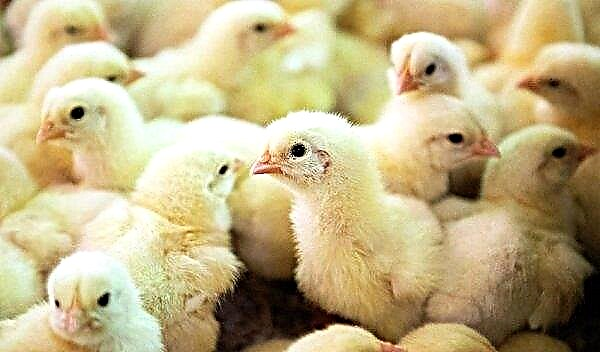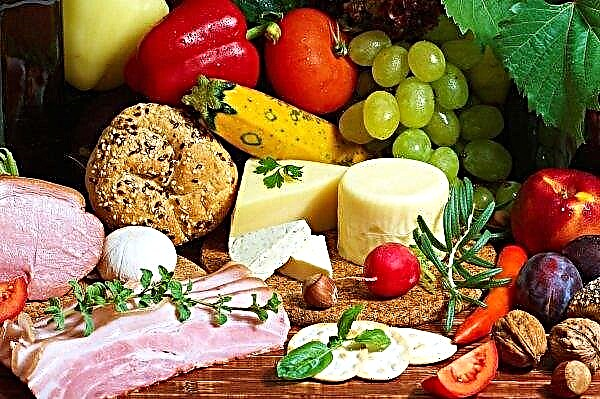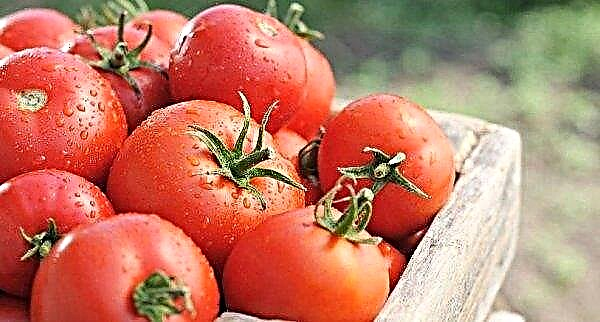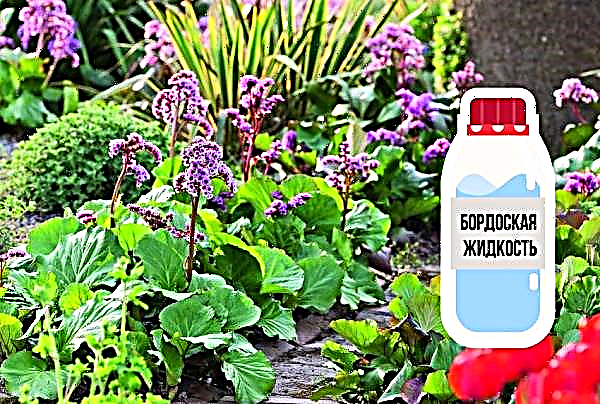Many people eat lentils, not knowing the difference between red, pink, and Persian. Below is a description of each of them, namely the content of vitamins and minerals, energy value and what impact it can have on health.
Description and characteristics of red, pink or Persian lentils
Lentils belongs to the genus of herbaceous legumes and is perhaps one of the most popular products. It is easily digested and quickly cooked, which is why it has become so popular in cooking. Used in food and its seeds.
Did you know? Lentils are also a genus of finch family birds. They got such a name because of the lyrics of their songs “che-che-vi-tsa”.
The most common type is red lentils. She has a bright color. The color is almost red or saturated orange, so it is popularly called red. Also grains belong to pink (Egyptian) or Persian lentils. Pink grains are somewhat paler, they are similar to red ones and have the same size, because they are classified as fine-grained crops. The calorie content of red and pink lentils is the same. In fact, the difference lies in color and can range from pale orange to rich red.

In addition to this type of plant, they also distinguish:
- Brown. Yellow and green are also included here, since the difference between the grains lies only in the maturity stage.
- The black. It is also called "beluga".
Persian or pink bush is small, fluffy, juicy. It is erect and at full maturity gives fruits that are eaten. Red is one of the most unpretentious in care, tolerates moisture deficiency.
In addition to healthy and tasty seeds, the bush itself also has aesthetic value, especially during the flowering period. Therefore, some housewives place flowerpots with a plant on their windowsill.
Growing
Growing this plant will not take much effort, since the culture is very unpretentious. You need to pay attention to the sowing place, because the plant loves fertilized, loose loamy or sandy loam soil with the correct chemical composition. Acidified soil is not suitable for growing on such soil, the plant simply will not bear fruit.

The best place to grow is an open, sunny place. If sowing is planned in the country, then stop at the places where potatoes, corn or winter crops used to grow. Fertilize the plant in the fall or spring, using phosphorus and potassium solutions. Pink lentils should be sown in early March.
Important! Sow the seeds into holes 4-5 cm deep, observing an interval between them of 15 cm. When the seeds sprout, weed the bed of weeds.
The bushes will grow low, branched and fluffy. Beans ripen unevenly, starting from the lower sections of the bush. Do not allow the soil to dry out; water the crops 2-3 times a week.
Video: Growing Red Lentils
Calorie boiled red lentils per 100 grams
Plant seeds are a frequent product on the menus of dieters.
The energy value of raw lentils is 314 kcal. In boiled form, this figure can be 112 kcal per 100 grams of product.
 Due to the rich composition and low calorie content, grain dishes are able to provide a person with a sufficient amount of energy and this will not affect the figure in a negative way
Due to the rich composition and low calorie content, grain dishes are able to provide a person with a sufficient amount of energy and this will not affect the figure in a negative way
Chemical composition
Red or pink lentils differs from other types of plants in that it contains a large amount of iron. It is simply digested and absorbed by the body, contains few calories.
Lentils boiled in water include fat-soluble vitamins of group E and K. Also, water-soluble lentils, including C, B1, B2, B3 or PP, B4, B5, B9, are also included.
In addition to vitamins, the product is rich in minerals. So, regularly using dishes from this plant, you can make up for the shortage:
- calcium
- magnesium
- gland;
- phosphorus;
- potassium;
- zinc;
- copper;
- Manganese
Due to its rich chemical composition, this culture can be an excellent option for adherents of good nutrition and those who monitor their health and physical fitness.
BJU content
The content of the BJU will also please women and men seeking to keep their body in shape and look attractive.
100 g includes:
- 24 g of protein;
- 53.7 g of carbohydrates;
- 1.1 g of fat.

Benefits and harm to the body
Benefit. This product is one-piece, has no modified analogues and is not used for the preparation of semi-finished products. Therefore, by eating it, you can get all the useful trace elements contained in the composition.
Important! Those people who regularly use the product notice an increase in the activity and efficiency of the body. Therefore, grains should be included in the diet for increased physical exertion and stress.
In the seeds of the plant there is a lot of protein, which is involved in the collection of muscle mass and at the same time does not harm the cardiovascular system. Also product able to reduce blood sugar and saturate it with hemoglobin, due to the high iron content to prevent diseases of the intestine and genitourinary system. It is believed that it is useful to consume grains for cancer of the breast and rectum.

Harm. In case of improper use, lentils can also cause harm. In particular, she can cause gasesif consumed with bread or cereals, as well as other carbohydrate-rich foods.
Also, grains can be harmful to people who have impaired kidney or gastrointestinal tract. The product itself can load the body and provoke an exacerbation of gallstone disease, gout or joint problems.
Did you know? In the Czech Republic, there is a custom according to which the father serves boiled hot lentils with a raw egg on top for breakfast, dinner or lunch. Such a meal is organized in honor of the birth of a child, since this legume is usually associated with fertility.
Application
At the present stage of the development of society and a culture of nutrition, lentils have found their application not only in cooking, but also in traditional medicine. Also her recommended for dieters.
In cooking
The boiled product loses its rich color and quickly turns into porridge. Moreover, the color loses both pink and red lentils. This type of grain is cooked the fastest and reaches full readiness in 10-12 minutes. Lentils are good for the body, due to their energy value and calorie content, it is great for diet food.
Lentil puree soup will appeal to lovers of a healthy lifestyle, as well as those who do not really bother with cooking, but who prefer to eat nutritiously and tasty. The main property of this dish is that it is evenly distributed in the stomach and weakens the feeling of hunger.

In folk medicine
The properties of this plant have always been used in folk medicine and have been used in the treatment of constipation, smallpox, and nervous diseases.
It is recommended to drink a decoction of lentils, it will benefit liver diseases. For the treatment of eczema, diabetes, poisoning and constipation use infusion. Since this plant contains many useful substances, people who often eat it are more optimistic.
With diet
Lentils contain a lot of fiber, which helps to remove fluid from the body. For lovers of salads and people seeking weight loss, nutritionists regularly develop delicious and very useful recipes for salads and other dishes that are easy to prepare.

The principles of cooking from these beans for diet:
- It is recommended to choose red lentils, as it reduces the likelihood of flatulence.
- Before cooking, be sure to rinse it and soak in water for 1-4 hours.
- Add spices (cumin, ginger, dill and others) to the porridge from these beans to taste, to partially relieve them of gas.
- Cook it over low heat.
Contraindications
- Contraindications include:
- kidney disease
- gastrointestinal problems;
- dysbiosis.
Also, it is worth refraining from eating with gout, joint diseases, biliary dyskinesia. Lentils are able to provoke the formation of kidney stones or cause malfunctions in the internal systems of the body.

After reviewing the characteristics of lentils, you can come to the conclusion about whether to use it. If you do not have the above contraindications, then you can use it as a remedy for treatment at home, as well as use it for cooking culinary dishes.

